Rare Japanese Muromachi Embroidered Triptych of Eight Armed Kannon
Additional information
| Region | Japanese |
|---|---|
| Period | Pre 1900 |
SOLD
Very unusual Japanese silk and gold thread hand-embroidered triptych of the Buddhist deity Kannon, the bodhisattva of compassion, in eight armed form seated in meditation upon an open lotus. In her eight arms she holds a staff, a trident, a bow and arrows, a Dharma wheel, and a wish granting jewel held out in front of her body. To the left and right of the central deity are large embroidered Sanskrit characters for meditative purpose. Professionally framed with reverse side of each textile visible through glass.
Emperor Go-Daigo’s brief attempt to restore the imperial power in the Kenmu Restoration alienated the samurai class. Ashikaga Takauji obtained the samurai’s strong support, and deposed Emperor Go-Daigo. In 1338 Takauji was proclaimed shōgun and established his government in Kyoto. However, Emperor Go-Daigo escaped from his confinement and revived his political power in Nara. The ensuing period of Ashikaga rule (1336–1573) was called Muromachi from the district of Kyoto in which its headquarters – the Hana-no-gosho (花の御所, Flower Palace) – were located by third shōgun Ashikaga Yoshimitsu in 1378. What distinguished the Ashikaga shogunate from that of Kamakura was that, whereas Kamakura had existed in equilibrium with the imperial court, Ashikaga took over the remnants of the imperial government. Nevertheless, the Ashikaga shogunate was not as strong as that in Kamakura had been, and was greatly preoccupied with civil war. Not until the rule of Ashikaga Yoshimitsu (as shōgun, 1368–94, and chancellor, 1394–1408) did a semblance of order emerge.
Muromachi Period (1336 – 1573)
Dimensions: 33″ w x 21 3/4″ h (overall frame), 26 3/4″ w x 15 1/2″ h (inside mat)
Ask a Question About
Rare Japanese Muromachi Embroidered Triptych of Eight Armed Kannon
"*" indicates required fields
Request a Price
Price on Request items are over $10,000 USD
"*" indicates required fields
Description
Very unusual Japanese silk and gold thread hand-embroidered triptych of the Buddhist deity Kannon, the bodhisattva of compassion, in eight armed form seated in meditation upon an open lotus. In her eight arms she holds a staff, a trident, a bow and arrows, a Dharma wheel, and a wish granting jewel held out in front of her body. To the left and right of the central deity are large embroidered Sanskrit characters for meditative purpose. Professionally framed with reverse side of each textile visible through glass.
Emperor Go-Daigo’s brief attempt to restore the imperial power in the Kenmu Restoration alienated the samurai class. Ashikaga Takauji obtained the samurai’s strong support, and deposed Emperor Go-Daigo. In 1338 Takauji was proclaimed shōgun and established his government in Kyoto. However, Emperor Go-Daigo escaped from his confinement and revived his political power in Nara. The ensuing period of Ashikaga rule (1336–1573) was called Muromachi from the district of Kyoto in which its headquarters – the Hana-no-gosho (花の御所, Flower Palace) – were located by third shōgun Ashikaga Yoshimitsu in 1378. What distinguished the Ashikaga shogunate from that of Kamakura was that, whereas Kamakura had existed in equilibrium with the imperial court, Ashikaga took over the remnants of the imperial government. Nevertheless, the Ashikaga shogunate was not as strong as that in Kamakura had been, and was greatly preoccupied with civil war. Not until the rule of Ashikaga Yoshimitsu (as shōgun, 1368–94, and chancellor, 1394–1408) did a semblance of order emerge.
Muromachi Period (1336 – 1573)
Dimensions: 33″ w x 21 3/4″ h (overall frame), 26 3/4″ w x 15 1/2″ h (inside mat)
Additional information
| Region | Japanese |
|---|---|
| Period | Pre 1900 |
You must be logged in to post a review.


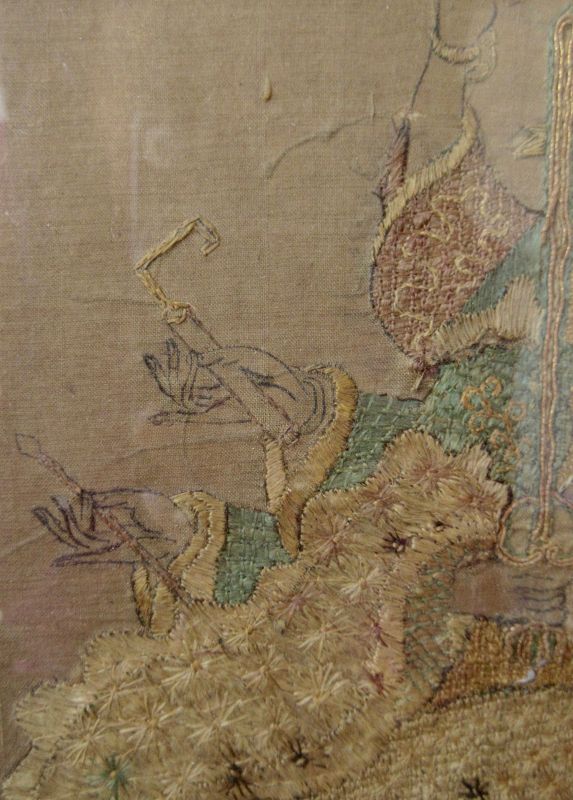
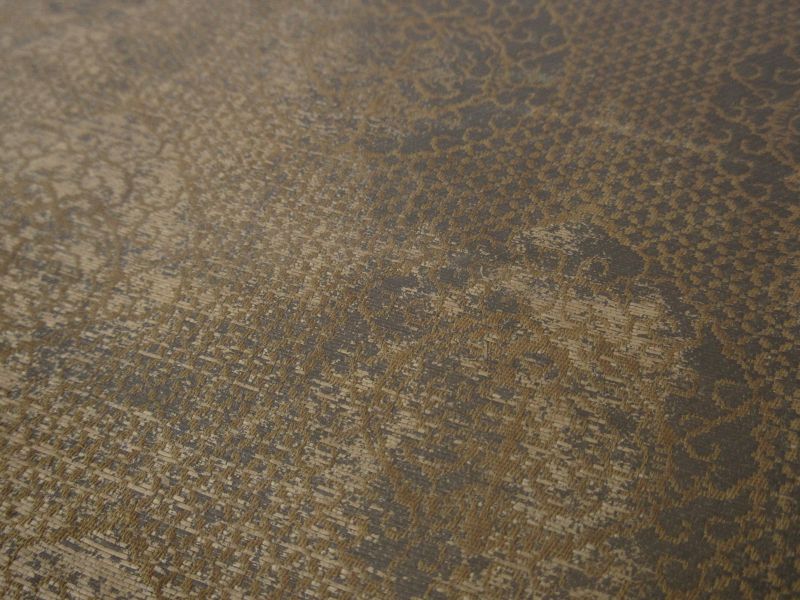
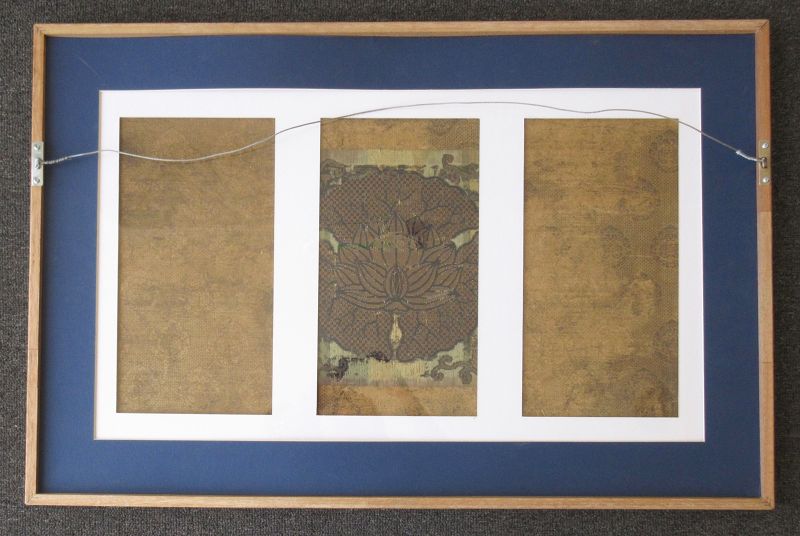
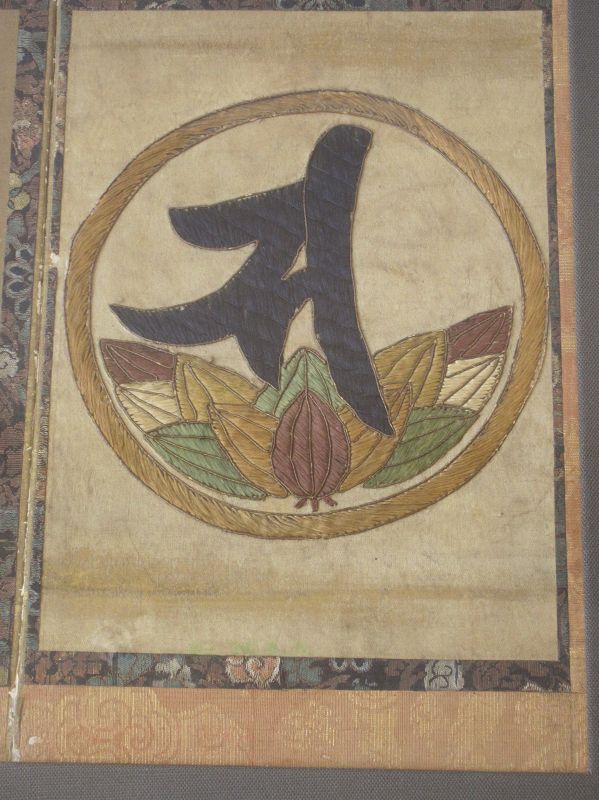
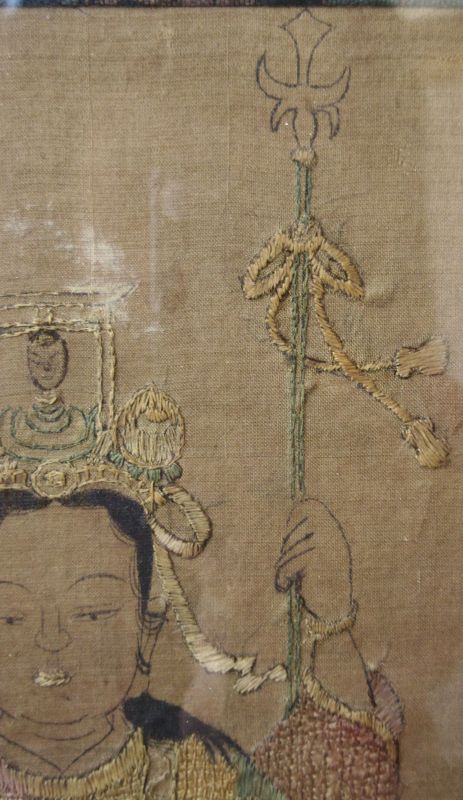
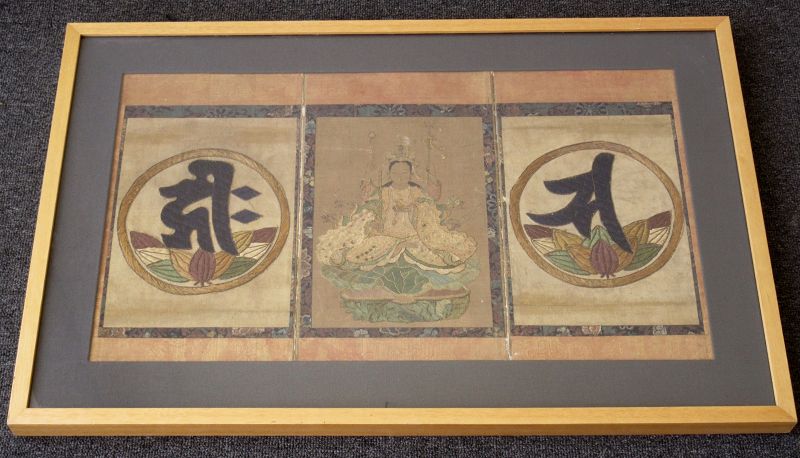
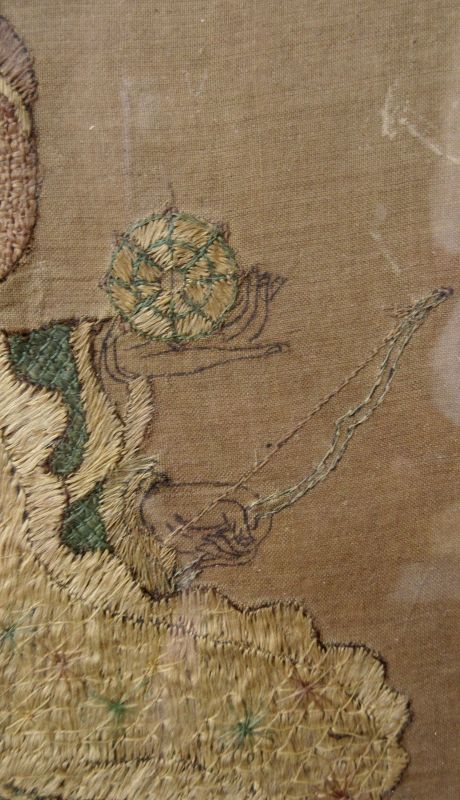
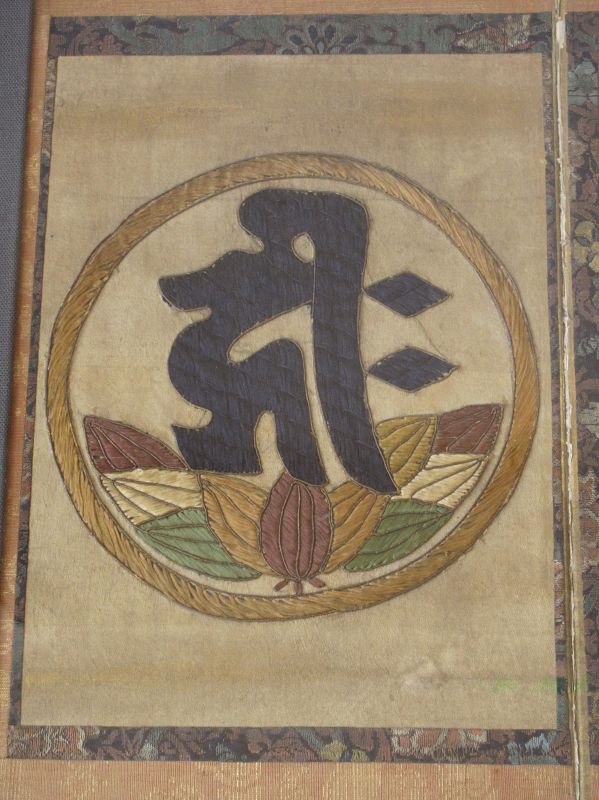
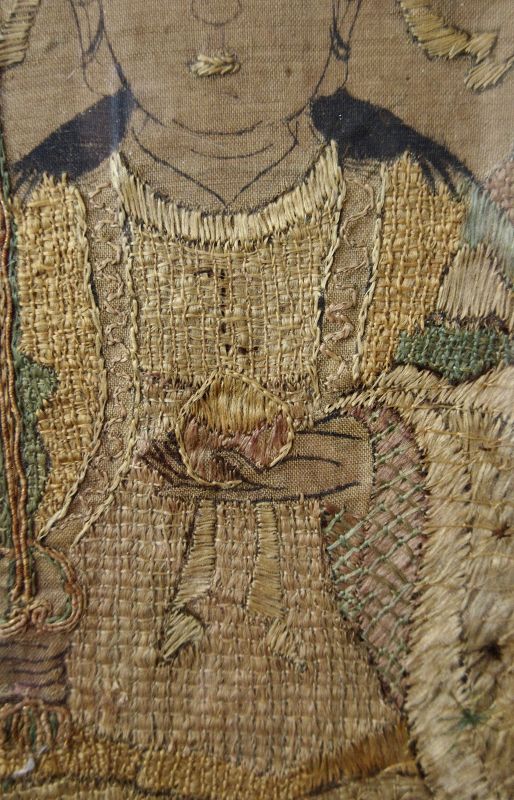

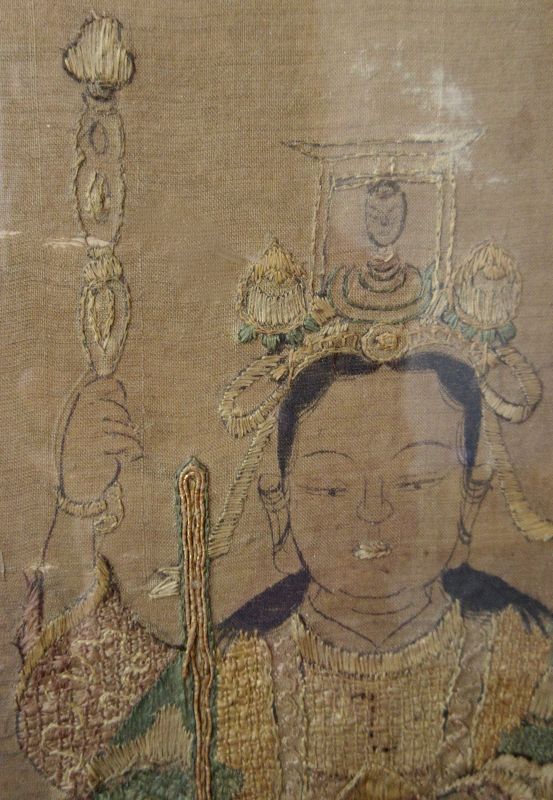

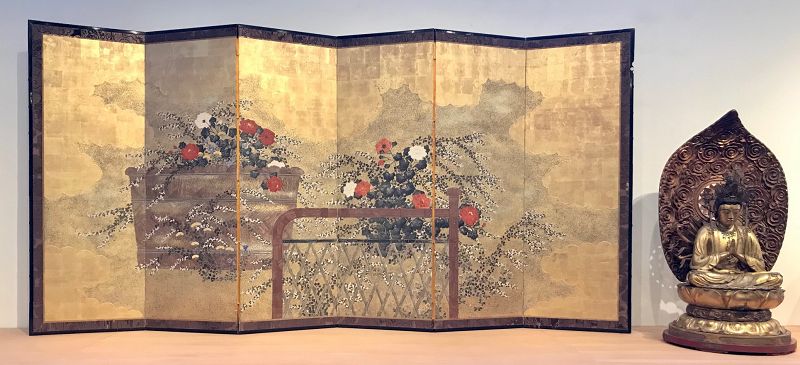
Reviews
There are no reviews yet.